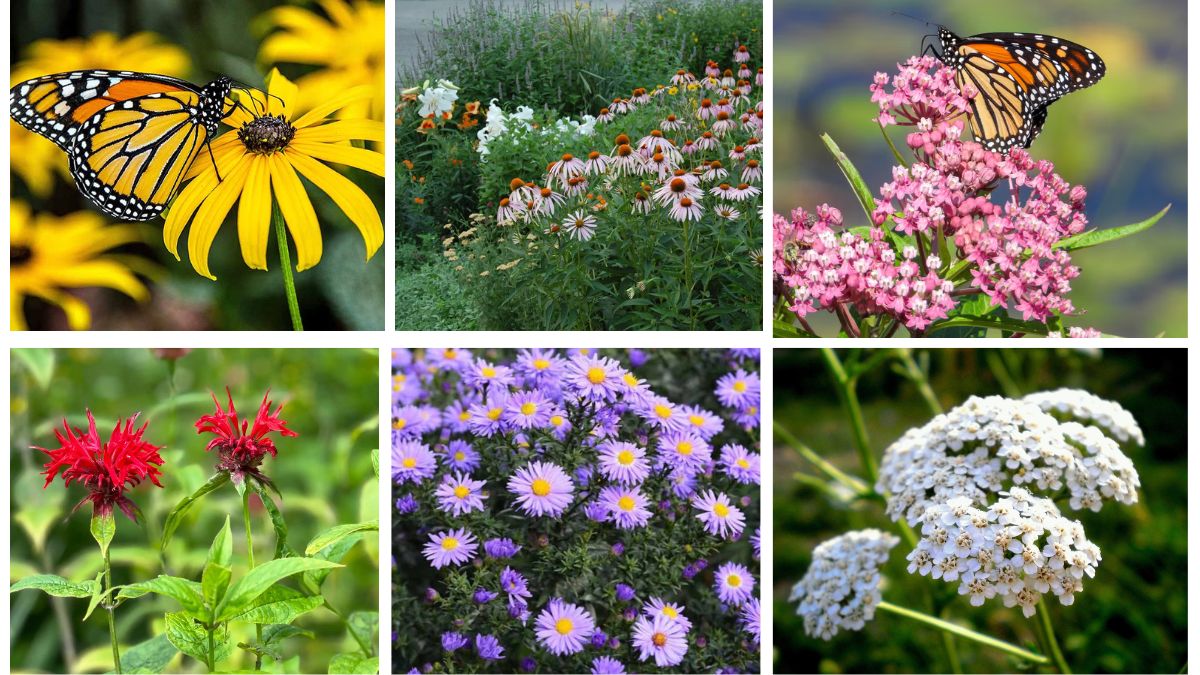Transform your garden into a thriving haven for birds, bees, butterflies, and beneficial insects by planting wildlife-friendly perennials. These long-lasting plants not only return year after year but also provide essential food, shelter, and nesting sites for your favorite backyard visitors. Whether you’re building a pollinator paradise or simply want to support the ecosystem, these 8 must-grow wildlife-friendly perennials are perfect for creating a vibrant, eco-conscious garden.
1. Coneflower (Echinacea) – Pollinator Magnet with Striking Color

Coneflowers are a favorite among bees, butterflies, and birds. Their bold, daisy-like blooms come in shades of purple, pink, and white, and they bloom from summer into fall. Not only do they attract pollinators, but their seed heads also provide food for goldfinches and other songbirds in the winter. These drought-tolerant, low-maintenance plants thrive in full sun and make a stunning centerpiece in any wildlife garden.
2. Black-Eyed Susan (Rudbeckia) – Bright Blooms that Butterflies Love
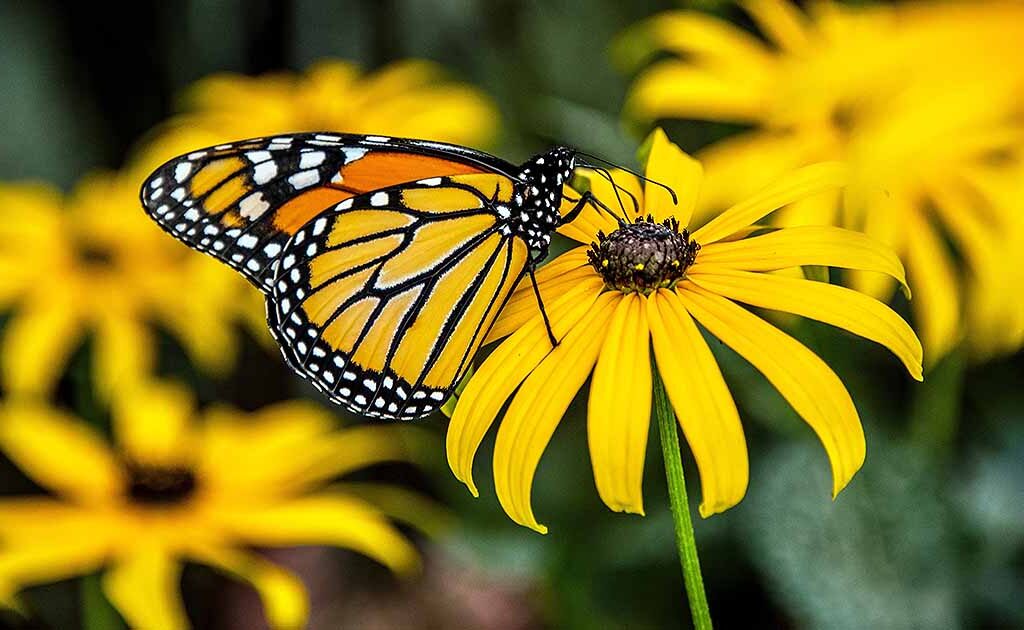
With their sunny yellow petals and dark centers, Black-Eyed Susans add cheer to any garden while attracting butterflies and native bees. These hardy perennials are easy to grow and bloom profusely from mid-summer to fall. Their long-lasting flowers provide nectar, and the seed heads are beloved by finches. Ideal for naturalized beds, they thrive in full sun and require little attention once established.
3. Milkweed (Asclepias) – Essential for Monarch Butterflies
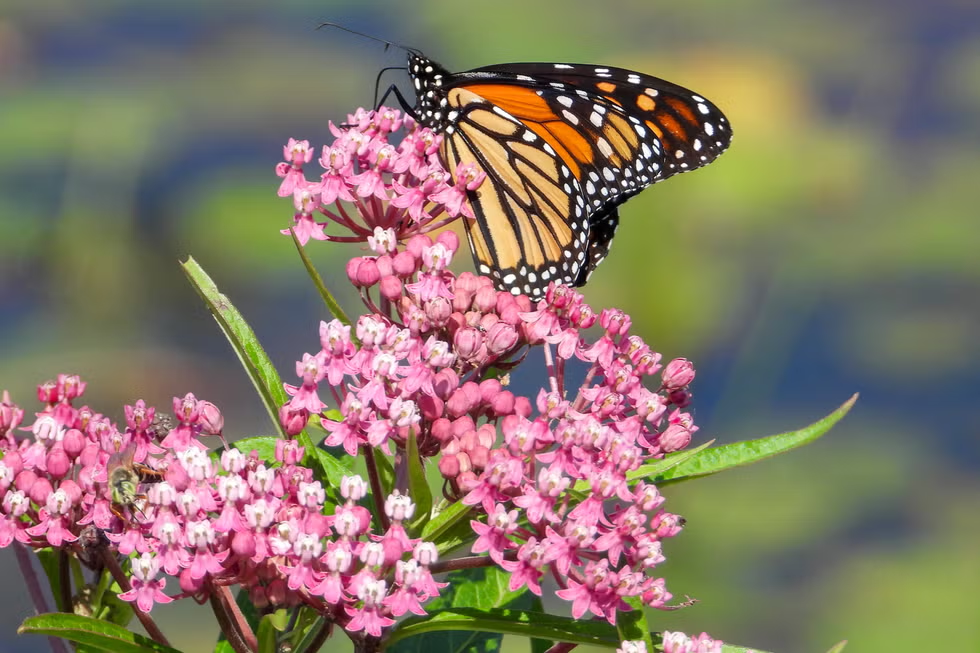
Milkweed is more than just a pretty flower—it’s a lifeline for monarch butterflies. It’s the only plant where monarchs lay their eggs and the primary food source for their caterpillars. Varieties like Common Milkweed, Swamp Milkweed, and Butterfly Weed produce vibrant flowers that also draw bees and other pollinators. Planting milkweed helps reverse habitat loss and supports a healthier pollinator population.
4. Bee Balm (Monarda) – Hummingbird and Bee Favorite
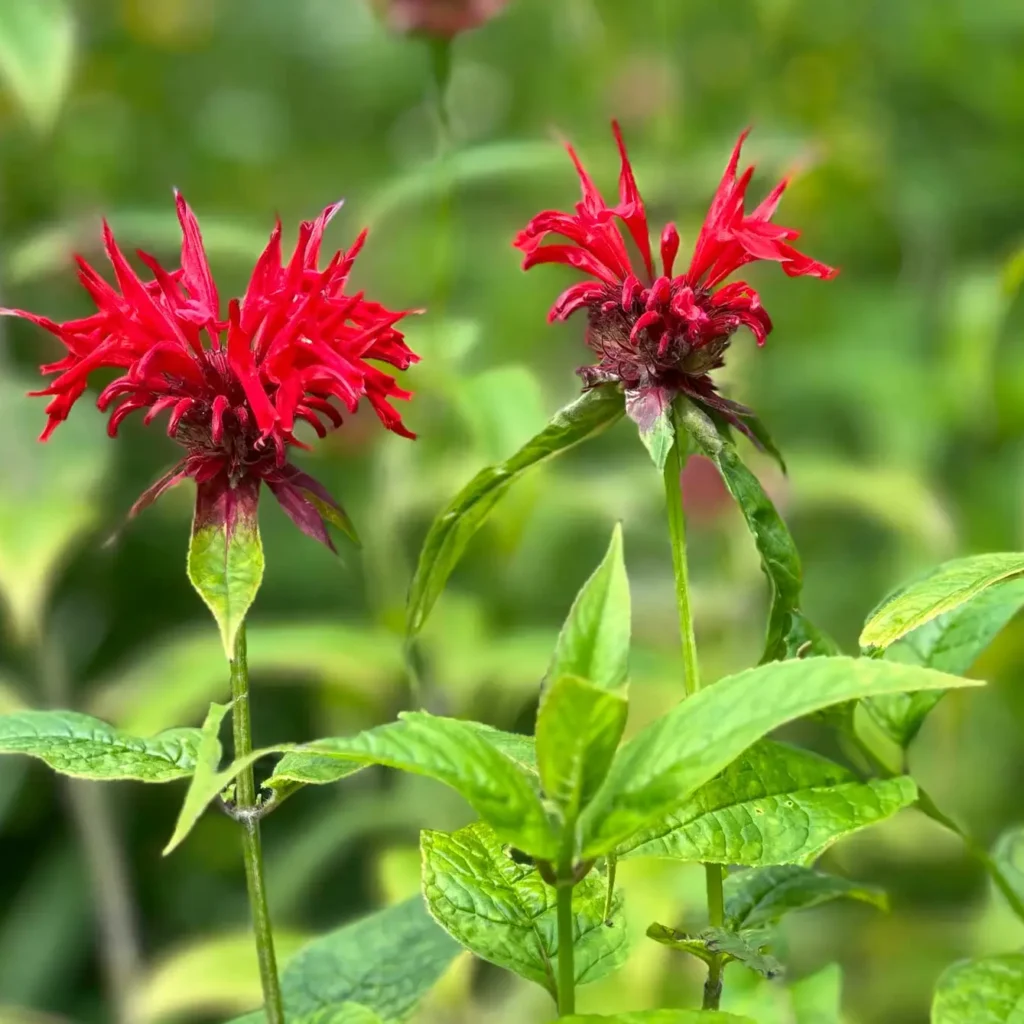
Bee Balm is a standout in any wildlife-friendly garden thanks to its bright, tubular flowers and delightful fragrance. Available in red, pink, purple, and white, Bee Balm is especially attractive to hummingbirds, bees, and butterflies. It’s also known for its antifungal properties and easy growth. A native North American plant, Bee Balm thrives in full sun or partial shade and adds a wild, whimsical look to borders and flower beds.
5. Joe Pye Weed (Eutrochium) – Towering Blooms for Pollinator Power

Joe Pye Weed may have a humble name, but its majestic clusters of mauve-pink flowers are a pollinator paradise. Standing tall at 4–7 feet, this late-summer bloomer attracts butterflies, bees, and beneficial insects in droves. It prefers moist soil and sunny to partially shaded spots, making it perfect for rain gardens or pond borders. Joe Pye Weed also adds a dramatic vertical element to perennial beds.
6. Lupines – Architectural Spikes That Feed Pollinators
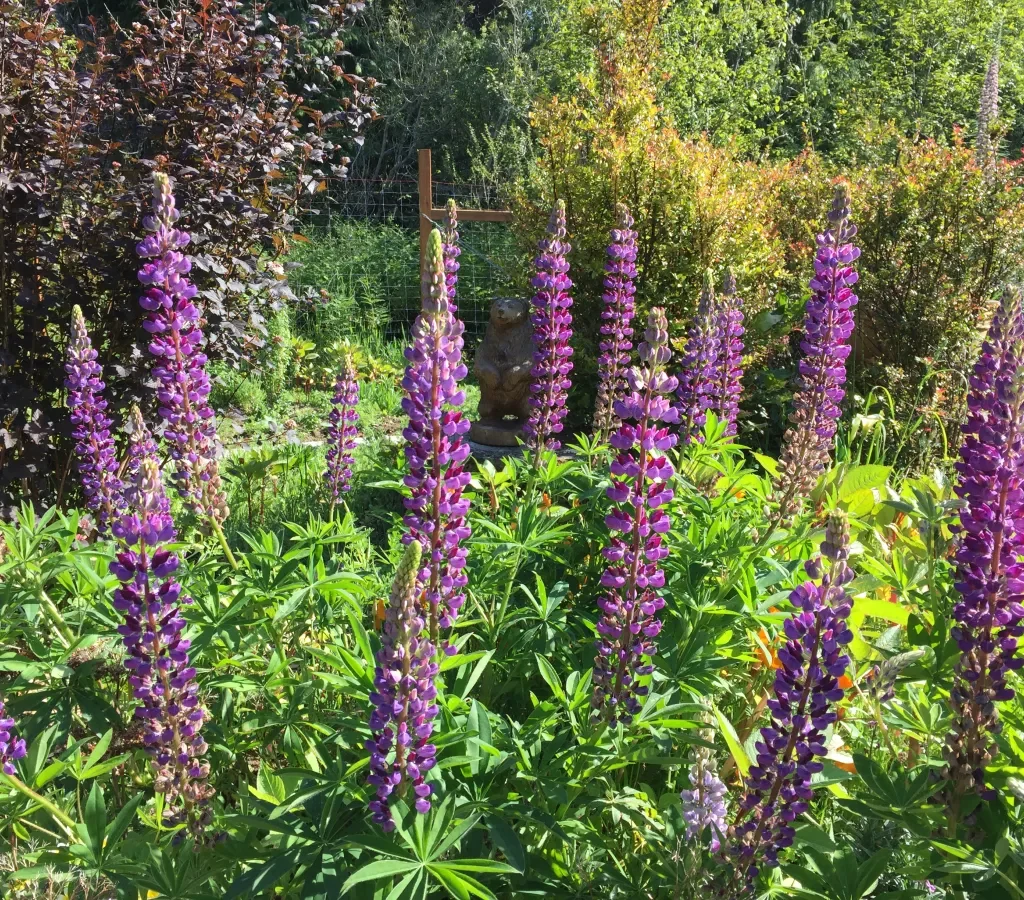
Lupines provide both beauty and purpose in the garden with their tall, spiky blooms in purples, blues, pinks, and yellows. These early bloomers offer nectar to bumblebees and butterflies just when they need it most in spring. Lupines also improve soil health by fixing nitrogen. They prefer well-drained soil and full sun and look particularly stunning when planted in masses. Their distinct form adds texture and color to wildlife garden borders.
7. Asters – Fall Blooms for Late-Season Foragers
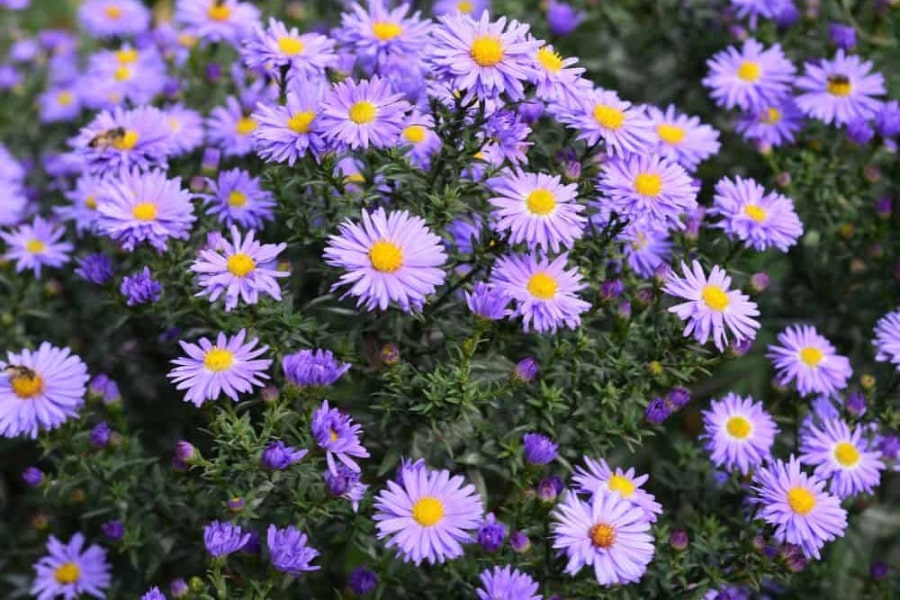
Asters are essential for supporting pollinators late in the season, blooming just when many other flowers fade. Their starry blooms come in shades of purple, pink, blue, and white and are a vital nectar source for migrating butterflies like monarchs. Asters are low-maintenance and thrive in full sun to part shade, adding long-lasting color and energy to your autumn garden. Their seeds also feed birds through the colder months.
8. Yarrow (Achillea millefolium) – Hardy and Habitat-Rich
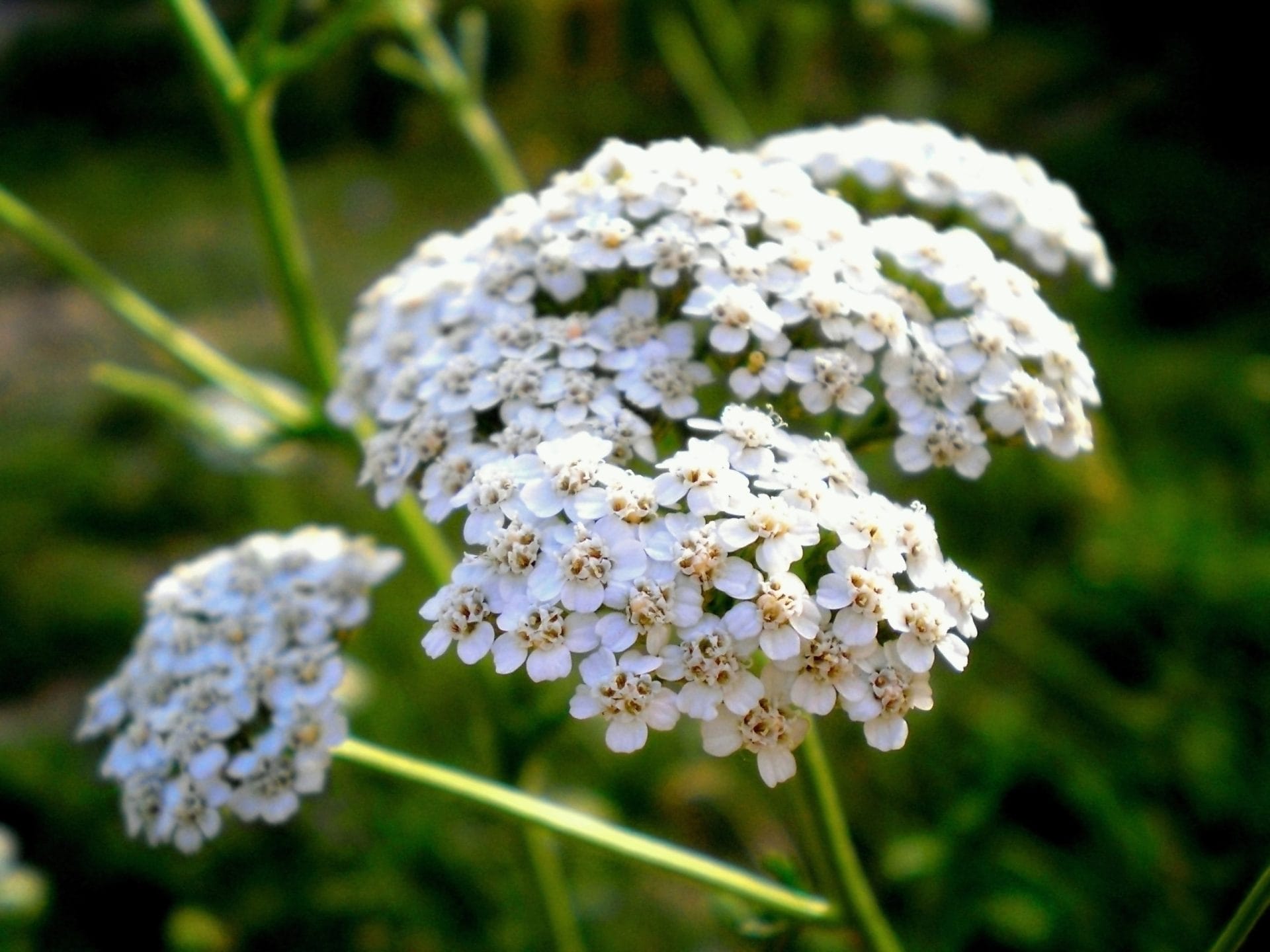
Yarrow is a tough, drought-tolerant perennial that offers flat-topped clusters of flowers in white, yellow, red, and pink. Its blooms attract butterflies, bees, and hoverflies, while its dense foliage provides cover for small garden creatures. Yarrow also helps repel unwanted pests and improves soil quality. It’s an ideal groundcover for sunny areas and a perfect addition to naturalistic planting schemes or pollinator gardens.
Final Thoughts
Planting these wildlife-friendly perennials not only adds lasting beauty to your garden but also plays a crucial role in supporting local biodiversity. With just a few thoughtful plant choices, you can create a sanctuary where pollinators thrive, birds sing, and nature flourishes—all with the added benefit of low-maintenance gardening.
